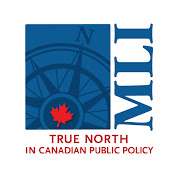With billions of dollars processed every day, cross-border trade payments have become increasingly complex. Companies must navigate a range of banks, clearinghouses and payment processors, all of which assess fees and contribute to potential delays.
Traditionally, cross-border payments are slow, opaque and costly, causing cash flow problems for businesses. For instance, intermediary banks involved in transactions each add fees and processing time, making total transaction costs less transparent for trading companies.
As trade expands, fraud risks grow as well. Higher volumes of cross-border transactions mean payment systems are more susceptible to fraud, especially in high-risk regions. For instance, the Asia-Pacific region reports some of the highest fraud rates, with online payment fraud losses expected to exceed $200 billion by 2024. In Latin America, fraud costs companies up to 19% of annual revenue, underscoring the critical need for fraud detection investments in these regions.
A 2023 report from The Global Treasurer highlights …









![CFPB Will Treat Payment Apps Like Banks [Video]](https://aimarketingshowcase.com/wp-content/uploads/2024/11/mp_553223_0_CFPB8387fffe098142e1a7fd5b4aa28891bajpg.jpg)

![Banks Can Boost Fraud Detection by More Than Ten-fold Through Better Collaboration, Research Shows | PR Newswire [Video]](https://aimarketingshowcase.com/wp-content/uploads/2024/11/mp_551869_0_6041b54987042imagejpg.jpg)
![Comer to create DOGE subcommittee chaired by Marjorie Taylor Greene to work with Elon Musk, Vivek Ramaswamy [Video]](https://aimarketingshowcase.com/wp-content/uploads/2024/11/mp_553226_0_elonvivekjpg.jpg)
